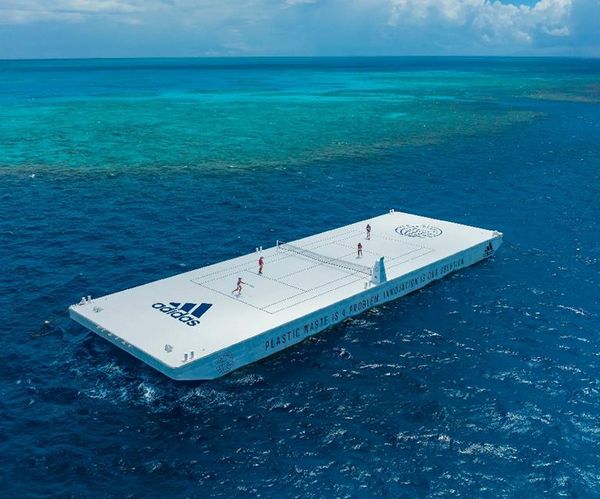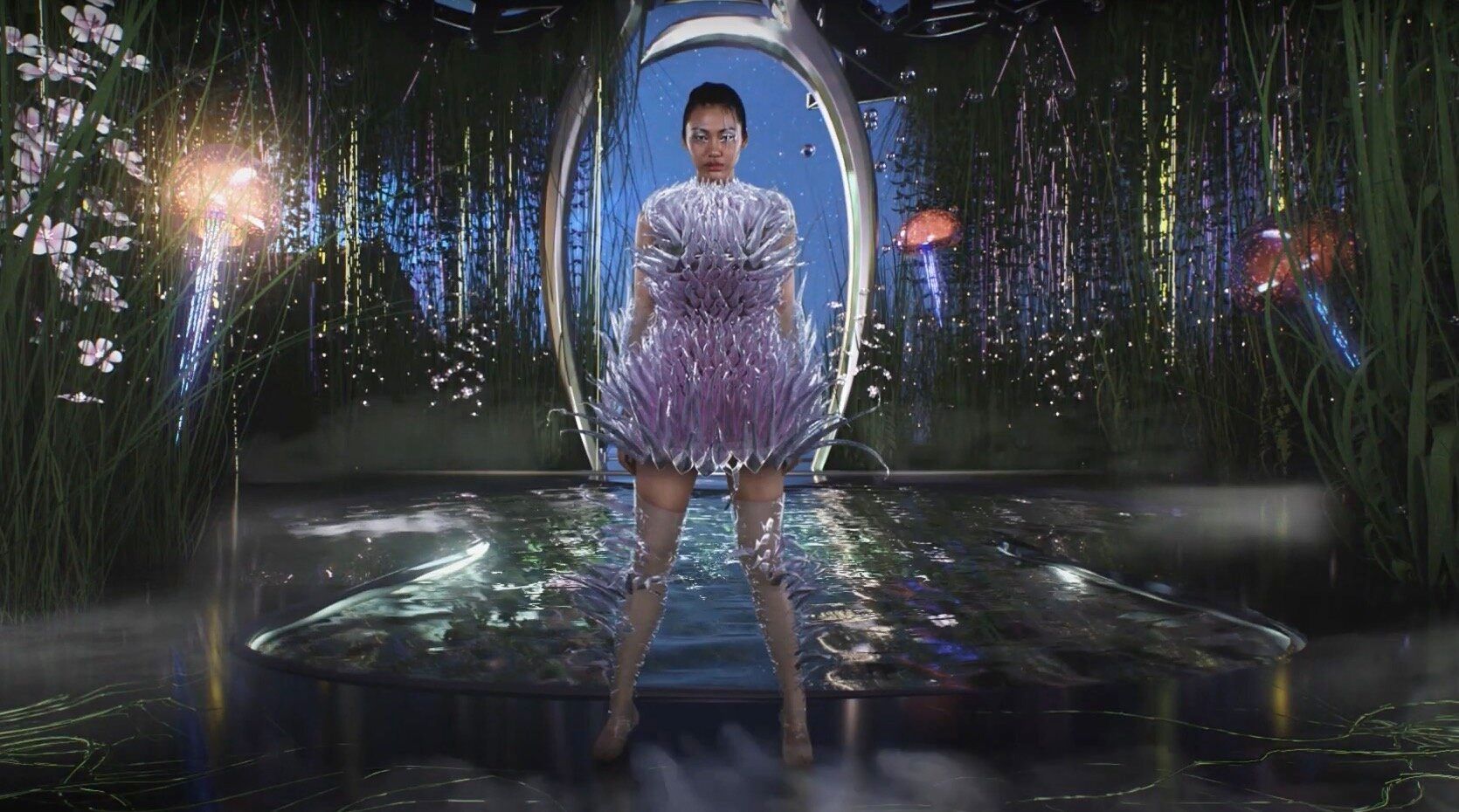We have learned more about the online presence during the pandemic and the lockdowns than ever before. This enforced situation was, however, the perfect context, so to speak, for certain fields to develop. As a result of isolation, many areas have had to resort to unconventional solutions: virtual reality and the digital space have forced their way quickly, seizing different opportunities. One of these evolving areas was fashion, which in recent years—and even before the pandemic—has been happily gravitating towards the digital world. But what do we mean exactly when we talk about digital fashion? In the very latest Hype Lab article of the DIALOG thematic month, we offer an insight into the changes, trends and not-so-distant future of this field.
Question of sustainability
Fashion’s presence in the online space has been commonplace for some time now and is completely natural— just think of online clothes shopping, which has been an integral part of our lives for years. Some people don’t even go to shopping centers anymore. This habit was reinforced by the pandemic, and the compulsory sitting-at-home phenomena, that came with it. However, when we talk about new trends in fashion and digitalization, we need to know that its motivation is much more complex than just wanting to digitalize everything for its sake. One important factor is the enormous ecological footprint of the fashion industry. From an environmental point of view, the situation in the fashion industry has never been as tense as it is today. The fashion world is fully aware of the amount of waste it generates, and fashion is one of the top producers. From (over)purchase to delivery, it puts out a lot of waste, and it is terribly difficult to find a proper solution to such a global problem, no matter how much we try to take into account the now, literally fashionable aspirations and marketing ploys that come in the form of recycling or environmentally friendly packaging. There simply doesn’t seem to be a perfect solution on the horizon, but with digital help, we are getting closer to bringing changes that will not only make our lives easier but also that of our planet.
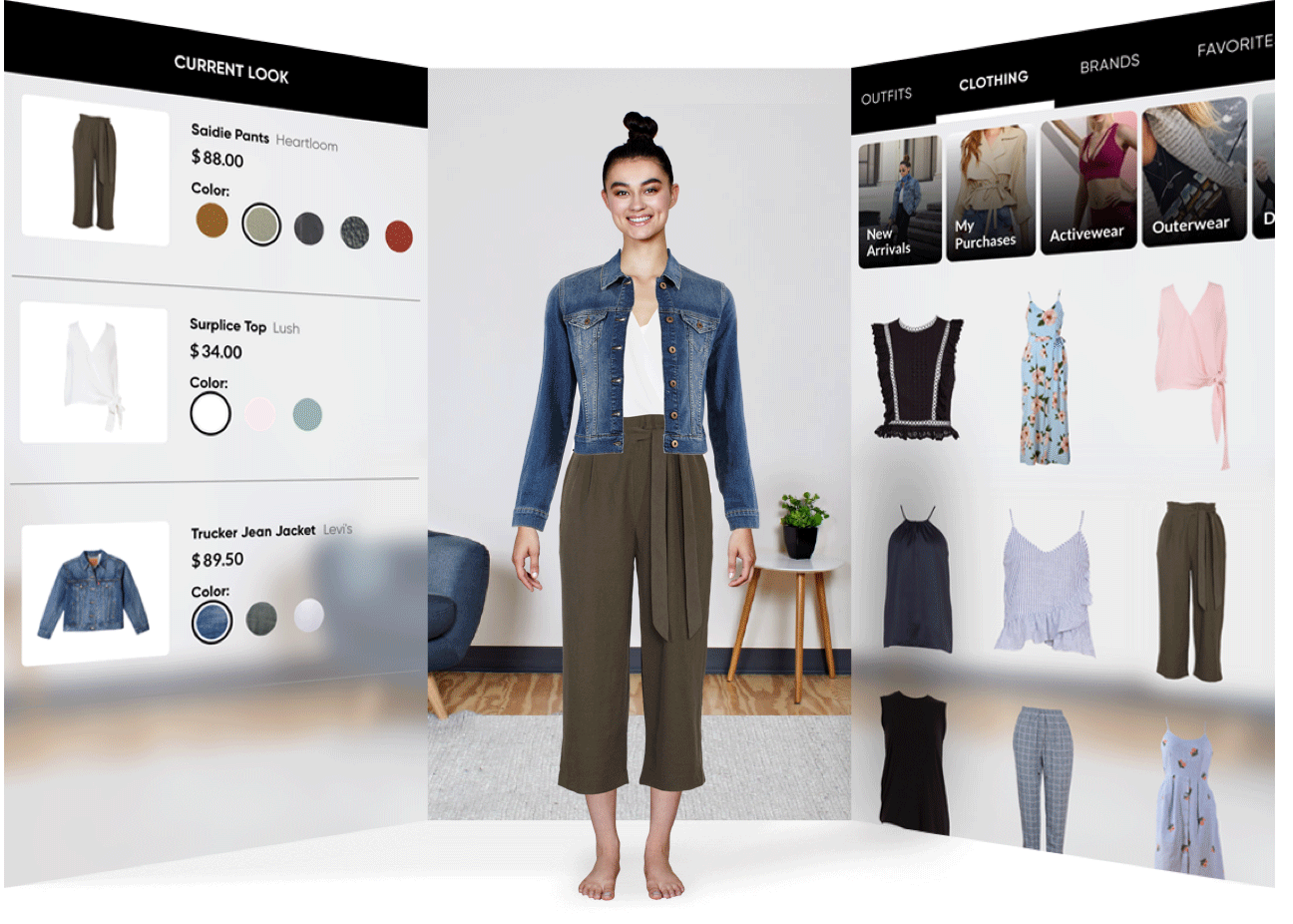
An example is the virtual dress rehearsal, which is becoming more and more common, making it less likely that a dress ordered online will be returned or not worn. Or, for example, digital design for prototyping clothes, where a dress can be made digitally in several versions and colors first to show to the customer. In other words, digital technology helps the consumer to make a more informed purchase.
Future of fashion shows
The virtual fashion shows of fashion houses during fashion weeks were one of the most recent examples of the changes that the fashion industry has had to introduce during the pandemic. This turned out to have a surprisingly positive impact and opened new doors for digital presence. Thanks to the new situation, everyone, without exception, could watch the shows from the front row— ironically, wearing sweatpants, breathing freely and without having sticky sanitizer hands, but more importantly, in safety, at home.
Implementing a show virtually can be interpreted very broadly and raises the question: what does it really mean? To be frank, that’s the whole point of digital space, that there are no rules, the possibilities are endless, and basically, the only limit is your imagination.
In a more classic sense, the show was sometimes realized in the form of videos of varying lengths, from a few minutes to around half an hour, posted on well-known social media platforms so that the public could follow them. The shows were therefore held in quite unique environments beyond the usual runways.
Another more experimental example is where digitally rendered clothes were presented in a digitally rendered environment. But the conclusion was evident in both cases: they were almost immediately seen as representations of fashion’s sustainable future, offering the possibility of fashion shows without production, pollution, waste and international flights.
Annabelle Azadé, CEO of Wear the Future, said:
“The pandemic got us thinking about new formats, and video was the most effective and the most environmentally friendly.”
The Helsinki Fashion Week went one step further and held its first fully digital fashion week at Digital Village, a community metaverse.
“Each video featured a dose of looks from selected designers from around the world. The model’s human faces might look a little scary when scanned in 3D, but the details of the clothes and the body movements were well done.”
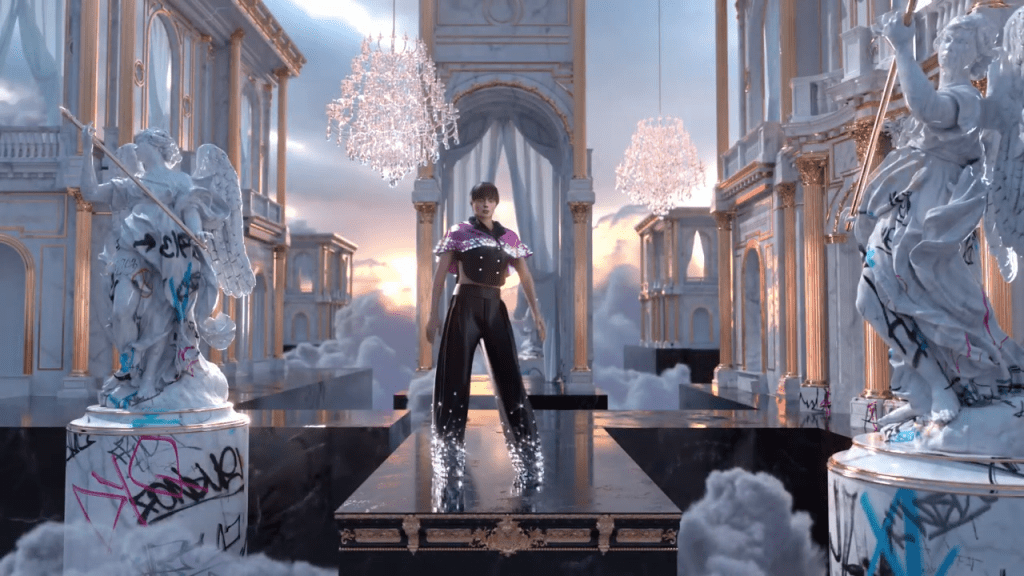
“Another good thing about virtual appearance is that designers can replace the empty runways with the wildest settings to showcase their work. Patrick McDowell’s runway, for example, was a protester’s heaven, with angel statues covered in graffiti. Nece Gene’s show took place on the surface of a deserted planet. AVTR’s new collection was presented on a chessboard, with dance and combat performances.”
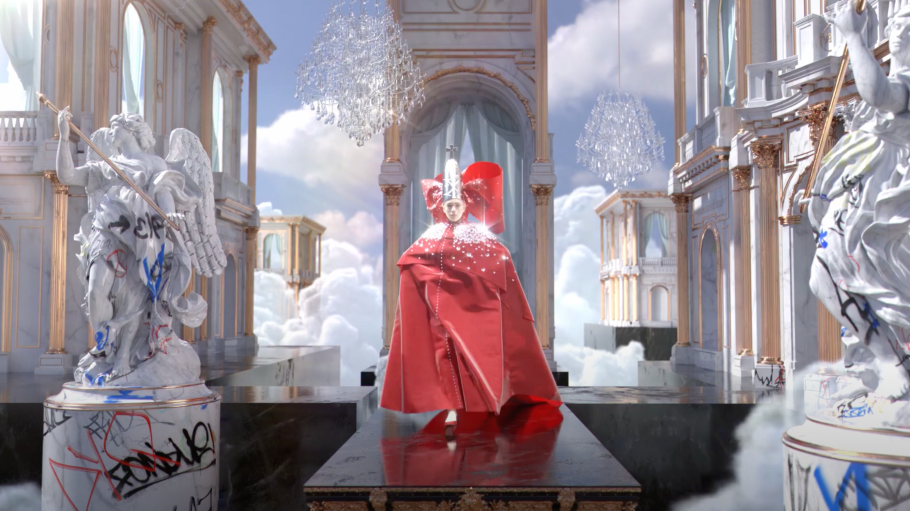
This means that a virtual show is not only good for the environment, but from a creative conceptual point of view, anything the designer or the creative team can dream up can be realized.
Video games and fashion
Digital fashion has also become more visible to consumers since the lockdowns and the popularity of games also skyrocketed during our time at home. In video games—as long as the genre has existed—appearance and making the characters as human as possible, have played a massive role, because creating human figures, has always been the biggest challenge. But a character is only half a character without clothes, and the outfit makes a huge difference. It’s an interesting meeting of fashion and video games, as in recent years, the gaming world has also seen the emergence of official collaborations with fashion houses. 3D and digital tools continue to expand, and games are the perfect entry point for fashion brands to embrace digital fashion and create a revenue stream without having to introduce major changes. For example, for the outfits of the 2012 Prada collection, Final Fantasy characters “posed as models,” and we were writing only 2012!

Gucci appeared in The Sims 4 and collaborated with the game, while in Animal Crossing, another global hit that went viral during the pandemic, we were able to dress our favorite characters in Valentino and Marc Jacobs outfits.

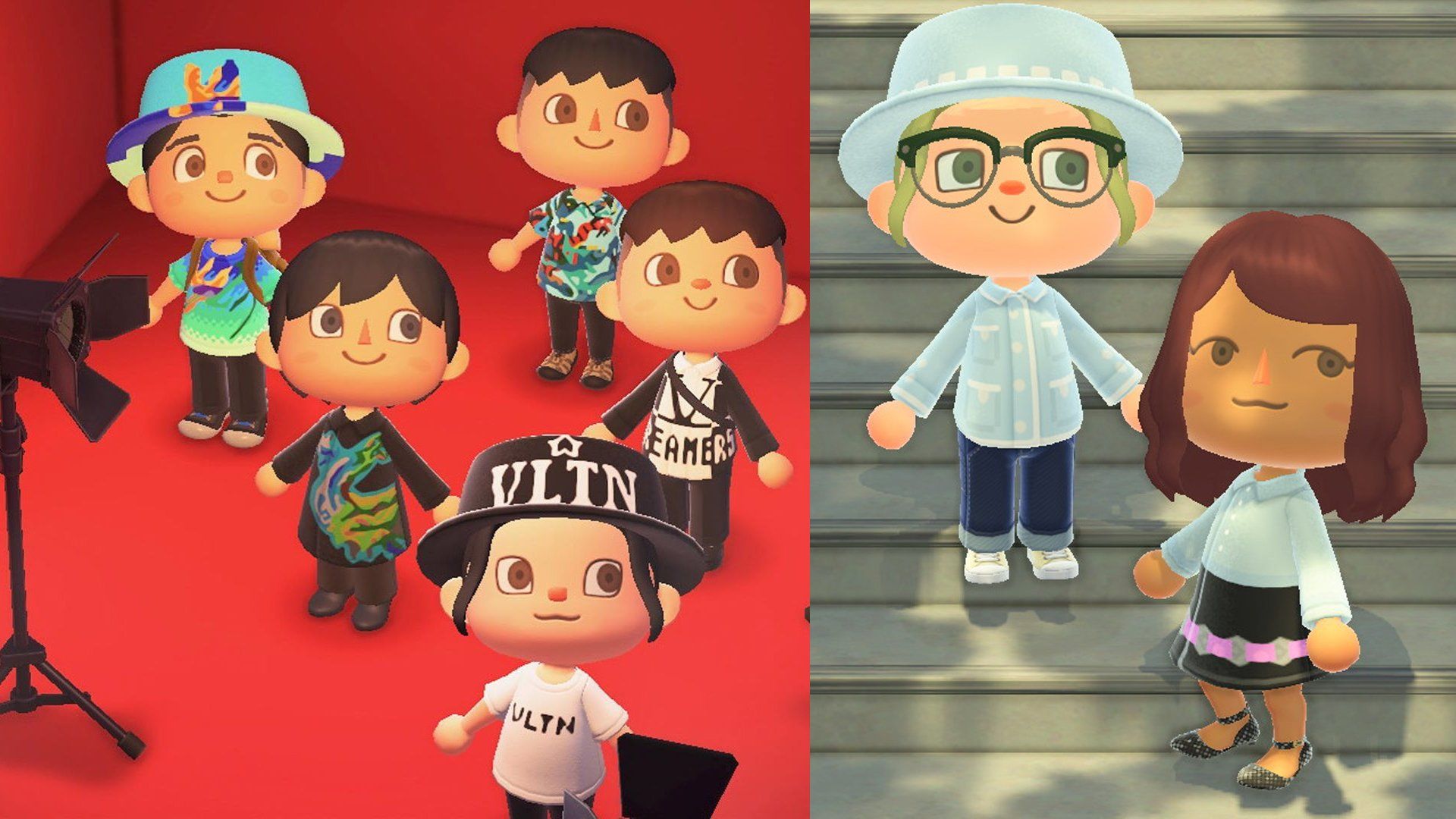
A similar case was the video game of Balenciaga, the Afterworld: Age Of Tomorrow, which was made to promote their latest 2021 physical collection. They scanned the clothes to build them into the wonderland-style futuristic world of the game. While now it’s available to anyone through the Balenciaga website, initially, a select group of people was invited to play the game through Virtual Reality (VR) headsets rather than attending an in-person demonstration.
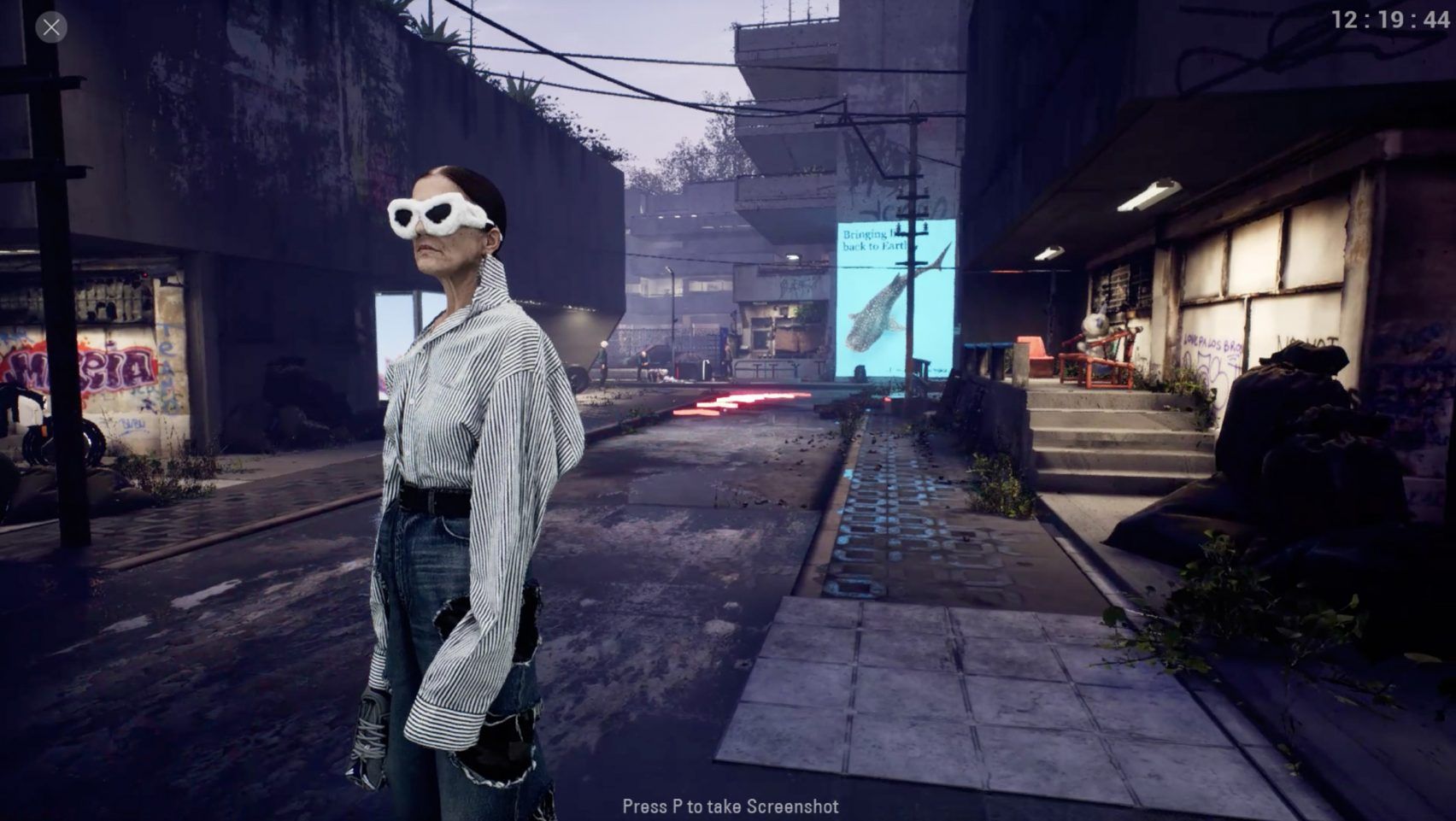
Balenciaga’s creative director Demna Gvasalia set out to create pieces that she believed represented the future of clothing, where “nature and youth live together” to offer recyclable and everlasting garments.
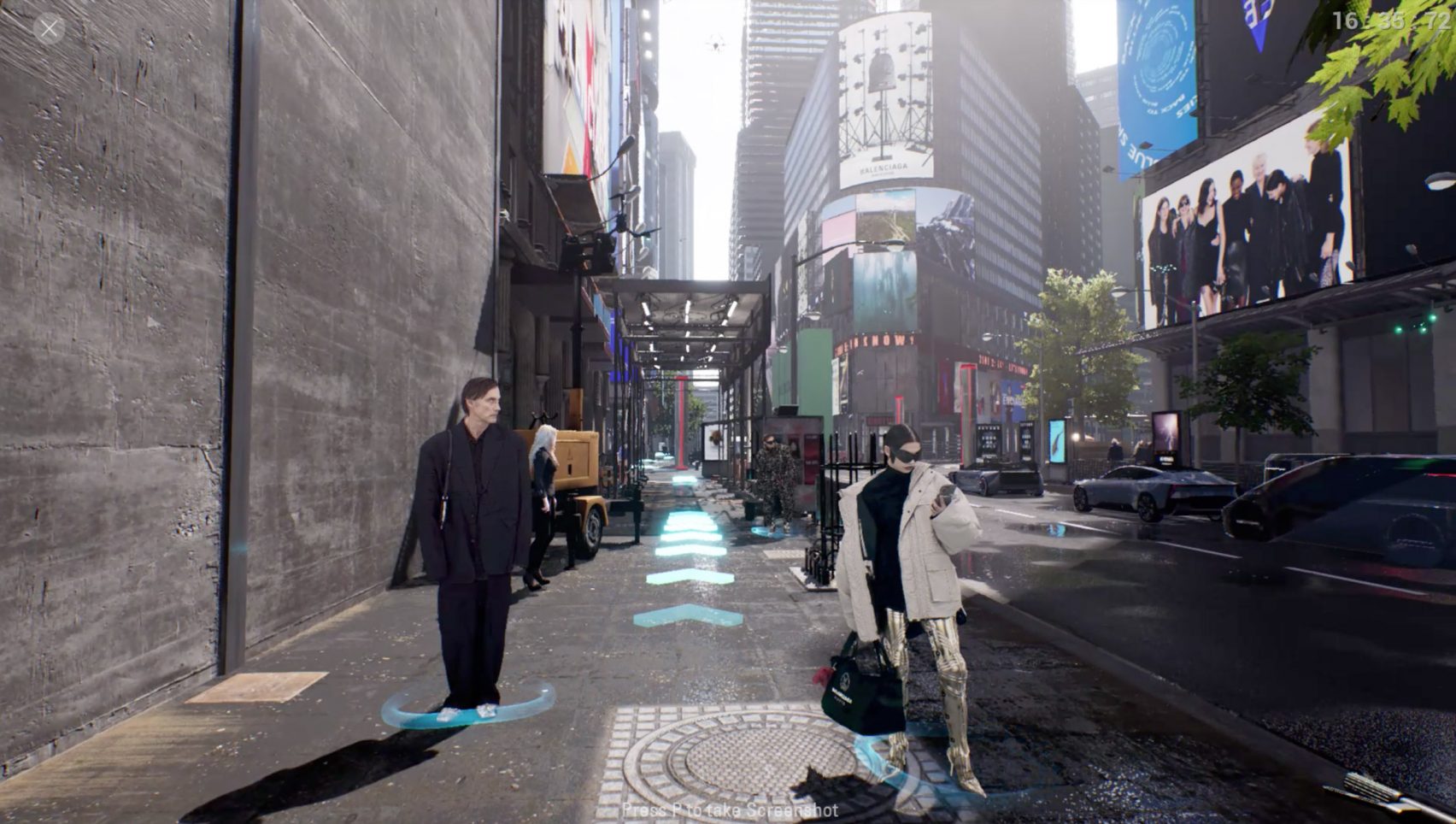
“People keep wearing the clothes that they love until they fall apart. I do the same myself. So the pieces are quite used, worn, with a wrinkled effect,” says Gvasalia.
Now we can dress our favorite characters in luxury brands virtually; the question is: why can’t we dress ourselves?
AUROBOROS
The London-based tech fashion house is the first to combine science and technology with physical fashion and digital-only-ready-to-wear, a collection that can only be worn digitally. The fashion house was founded by Paula Sello and Aliss Aulbekova in 2020.
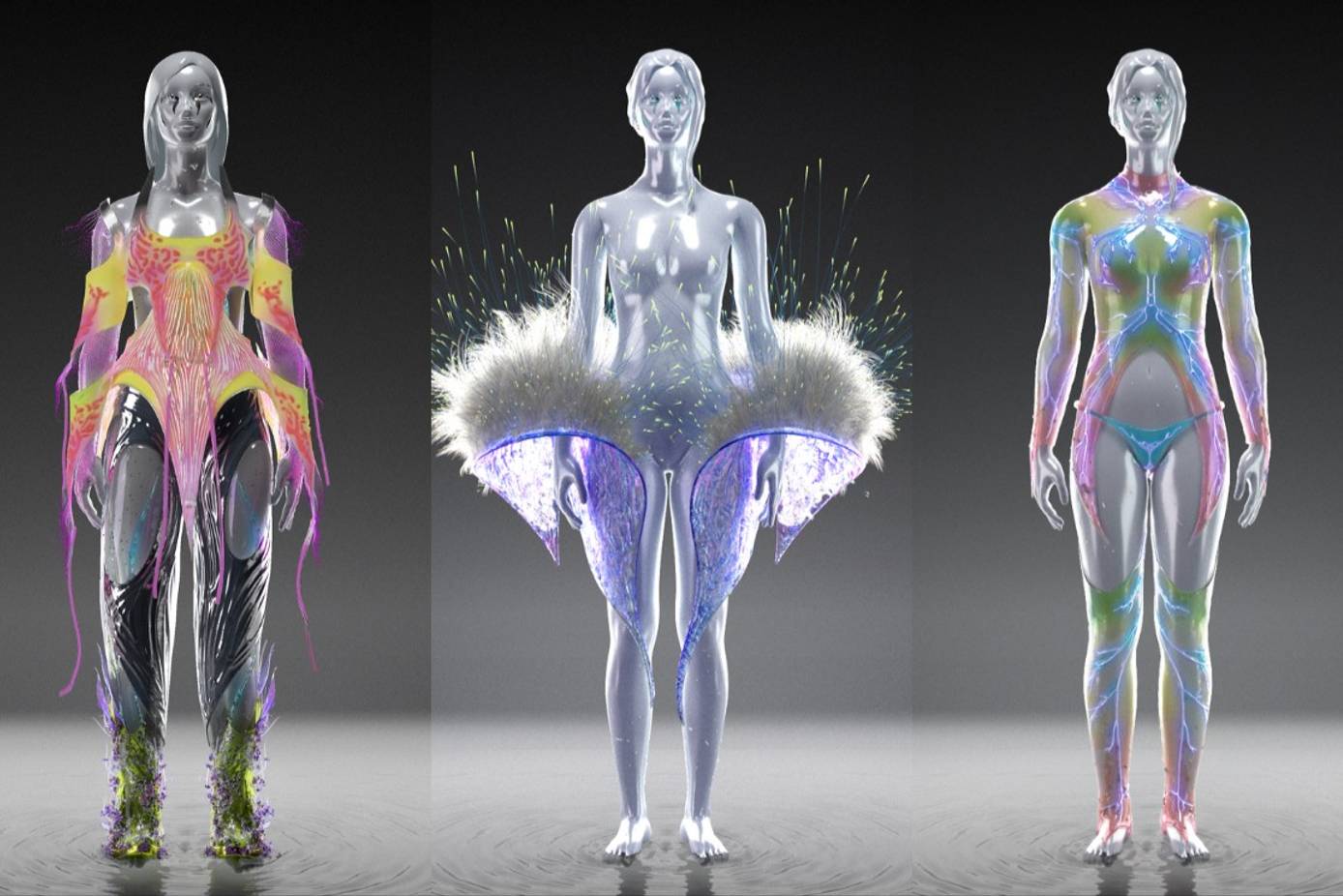
AUROBOROS’ digital designs are inspired by plant structures, human anatomy and supernatural entities from sci-fi films such as Avatar and Annihilation: vine-embellished tops, suits with lymphatic system elements or jackets made of plant saplings that take on a life of their own.
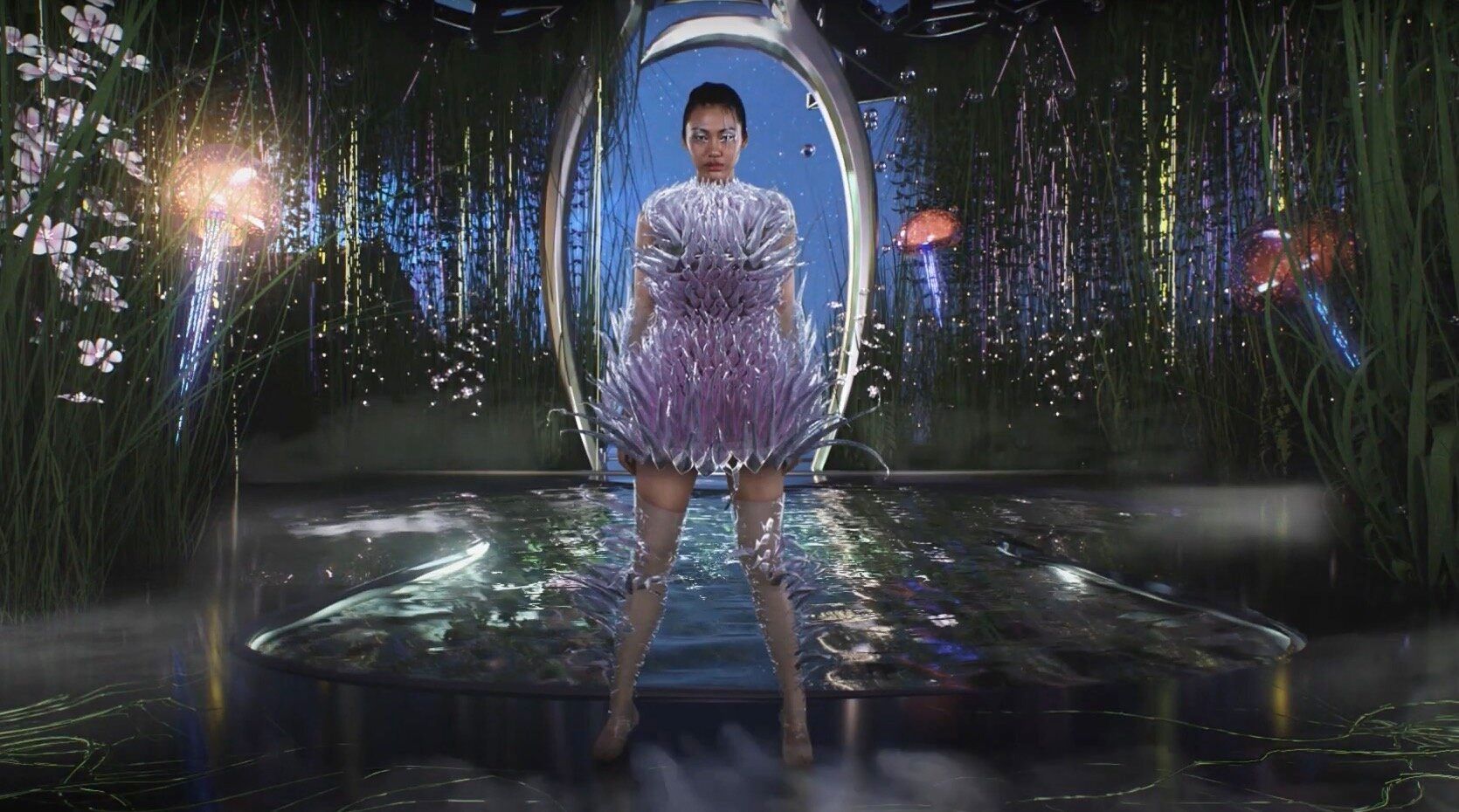
The made-to-measure garments that are added to the photos sent by customers, not only fit all body shapes and sizes, but are also completely waste-free thanks to their cyber nature. Alongside initiatives such as the Institute of Digital Fashion, the brand is looking to break new ground for the industry.
We can wear the brand’s clothes virtually and post them on any social media platform as if we owned them in the flesh. Don’t be surprised if you come across more and more images from various content producers where extravagant sets exist “only” in the digital space, because soon it will be as common as the different face filters that have been available for years and are not only known and used by Generation Z. Virtual clothing will soon be the new norm.
“We seek to evolve the luxury industry in its deeper dimensions—we are redefining how we imagine, design and influence clothing consumption. In doing so, we shape new debates around the idea of a utopian future and its relationship to the human body,” says the brand.

Favorite interiors of the week_94

The utopian history of plastic | Vitra Design Museum
